Beat the Energy Budgeting Blues – Automate It!
/If you’re like most of our customers, you’re probably facing the dreaded budget deadlines for 2017. Chances are, you’re spending too much time collecting data, plugging the numbers into Excel sheets, averaging out the bills from the past three years, and hoping that the results will be close enough.
At MACH, we know all too well the frustrations of energy budgeting, and we want to make your job easier. With our smart forecasting analytics and our industry expertise, MACH’s software can simplify your energy budget reporting, and more.
Utilities account for as much as 25% of all operational expenses for multi-family buildings[1], and nearly 10% for office buildings.[2] Needless to say, improving the accuracy in energy budgets is critical for overall cost control and effective financial planning. However, accuracy isn’t easy. MACH understands that the key factors impacting energy expenses vary from property to property, from weather, operational patterns, geographic location, local utility rates, supply contract pricing, etc. This is where our expertise, paired with our intuitive and smart software design, can help make it easier for you to generate an accurate budget, saving you time.
MACH automatically collects your building’s energy consumption data; calculates weather factors including temperature and humidity; your occupancy inputs; and utility tariff rate specifics. From this robust database, MACH’s software applies advanced analytics and interactive statistical models to help you better predict operational changes and their impacts on your costs. More importantly, it helps to easily generate budget forecasts with only a few clicks.
And yes, it is easy to get started. We recently held an energy budgeting webinar, and you can download the slides here. After all, summer is just too short to get bogged down by the budgeting blues, don’t you think?
[1] Utility Budgeting Made Easier, CCIM Institute, Jan. 2012.
[2] IREM Releases 2015 Income/Expense Analysis Reports for Conventional Apartments, Office Buildings, Shopping Centers, Federally Assisted Apartments, Condominiums, Cooperatives and Planned Unit Developments, August, 2015.
